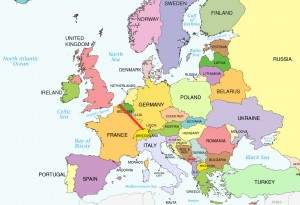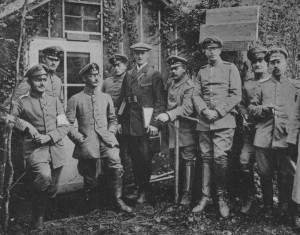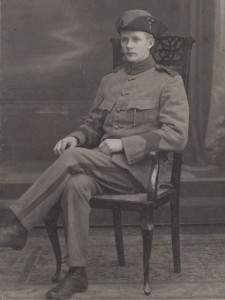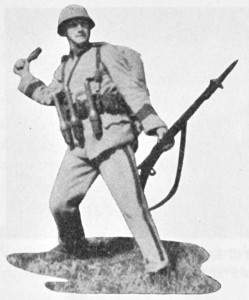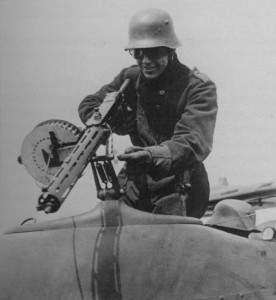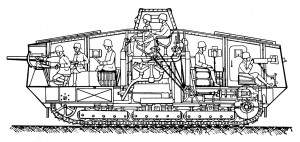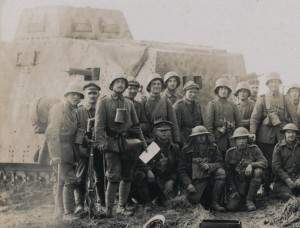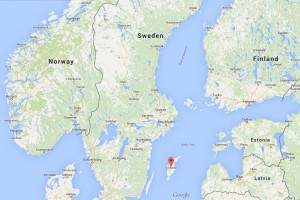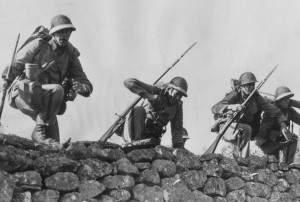The ruin caused by political orthodoxy
August 8, 2023 by Thomas Wictor
I’m completely apolitical. The bug in the system is humans. Voters and politicians make it impossible for me to care about politics. Although I vote, I do so with the same excitement that I feel when I take my cats to the vet to be treated for fleas. Some political philosophies are magnificent on paper, but the good ones are never implemented. Now Sweden has discovered once again that political orthodoxy has put the country in grave danger.
Here’s a spectacular piece you should read, because it could happen to your nation too.
A couple of decades ago, Sweden had a strong military. Its air force was one of the most capable in the world, its navy had dozens of ships and submarines, and artillery guarded the coastlines from a multitude of secret mountain hideaways.
Now, after a number of fatal decisions, based on the belief that wars in Europe were a thing of the past, most of its military is gone and Sweden has virtually no means of protecting itself.
According to Sweden’s Supreme Commander Sverker Göransson, we can, at best and in five years, defend ourselves in one place for one week.
Sweden unilaterally disarmed because of a false sense of moral superiority. They didn’t need icky guns. Sweden isn’t the US!
Not only did Sweden disarm, it did so in the stupidest way possible.
Strangely, even though very little remains of the Swedish military, it still costs huge amounts of money. The defense budget has only been cut about 20%. The savings are so meager mainly because professional soldiers are paid more then draftees, but there are other explanations as well…
Sweden has such a large defense industry, it has been proud of having heavily mechanized forces. But if you look at how much money it has been spending on equipment and research, for each man in the Armed Forces, that figure turns out to be the highest in Europe. It is four times as high as what Germany pays for the equipment for one soldier. And then you have to ask yourself—has some of this been about protecting the industry rather than achieving a balanced and effective defense?
I study World War I. That conflict began July 28, 1914, and ended on November 11, 1918. Although the war was fought a century ago, it spawned tactics and weapons that are still used today. Before World War I, troops generally attacked in skirmish lines.
By 1914 all armies had machine guns. Sending skirmish lines against machine guns resulted in thousands of dead soldiers. To protect themselves against the machine guns and artillery, soldiers on the western front dug trenches that stretched from Switzerland to the North Sea.
The men sat in their trenches for a year, firing artillery at each other and launching futile mass attacks comprised of skirmish lines. In late 1915, several Germans simultaneously came up with the idea of small-unit tactics to break the stalemate. The first special forces were thus created.
Instead of advancing in a skirmish line, shock troops (Stosstrupps) would rush forward as individuals, using the natural terrain as cover. Generally the target area would be hit with a short, extremely violent artillery barrage first, and machine guns and grenade launchers would be taken out into the No Man’s Land between the opposing trench lines and fired at the enemy, forcing him to keep his head down while the shock troops attacked.
During World War I, Sweden was neutral. However, the Swedes studied German shock-troop tactics and decided to adopt them. This photo shows the head of the Swedish War School, First Lieutenant Bouvang (in civilian clothes), attached to the German army for two months to learn their methods.
The Swedish army was quite bizarre at this point. Soldiers wore sky-blue uniforms with tricorner hats.
The Germans had assault schools in France and Eastern Europe, where they taught shock-troop tactics to the Austrians, Hungarians, Bulgarians, and Turks. Under the German influence, the Swedish army introduced the steel helmet and stick hand grenade.
Other modern German-style weapons were light machine guns, grenade launchers, and flamethrowers.
But the Swedes never went the next step. They didn’t actually bother to train their troops in German shock tactics, and they ignored aerial firepower. The Germans invented close-air support (CAS), creating purpose-built aircraft that cooperated with infantry. The CL-class of aircraft was a two-seater that flew so low that it often returned to base with barbed wire wrapped around its wheels. The aircrew wore gas masks and steel helmets.
German CL-class aircraft strafed enemy positions so effectively that they stopped major operations dead in their tracks. The aircrew were armed with hand grenades that they threw when they weren’t firing their machine guns.
Even more devastating were the J-class aircraft. These two-seaters had cockpits and engines enclosed with bulletproof steel plate.
Up to six machine guns were mounted in the floor of the rear cockpit, aimed to fire downward at a 45-degree angle.
A single J-class aircraft could throw an entire sector into chaos. Both the CL and J aircraft worked in concert with infantry, who spoke to the airmen by radio or signaled to them with large, white cloth panels laid out on the ground. This arrangement means “Strafe in front of this position.”
Finally, the Germans invented a combination tank and armored personnel carrier.
It was armed with a 57mm cannon and six heavy machine guns. The standard crew was 18, but an extra five engineers and runners could be added. All the men were trained in shock tactics. The vehicle was filled with carbines, hand grenades, and light machine guns; an infantry unit followed it, carrying flamethrowers for the tank crew. Though designed to be a tank, it also became the first infantry fighting vehicle (IFV), since the men inside would dismount and attack as shock troops.
Although the Swedes studied the German military for three years, the Swedish government announced after World War I that there was no need to modernize the army, because there would never be another war.
As a result, Sweden was still armed with World War I weaponry when World War II began. The Swedes claimed to be strictly neutral during the war, but they were forced to allow the Nazis to use Swedish railways, and Nazi soldiers were permitted to pass through Sweden from occupied Norway. Sweden began a military buildup in 1942, creating powerful armed forces that lasted until the end of the Cold War.
And now? Compared to 1985, this is what’s left.
6 percent of combat units
no local defense units
50 percent of the Home Guard
25 percent of the air force, with only 100 aircraft
25 percent of the navy, with only seven surface vessels and four submarines
What would happen if the Russians temporarily occupied the strategically vital island of Gotland?
In 2009 the Swedish parliament issued a statement.
Sweden will not remain passive if a disaster or attack should hit another member state, or Nordic country. We expect other countries to act the same way if Sweden is hit. Our country will thus give and receive support, civilian as well as military.
To which Estonian president Toomas Hendrik Ilves replied.
The problem with the declaration of solidarity is that it doesn’t contain anything concrete. You could send 10,000 bottles of olive oil and meet the demands of solidarity.
Why do people keep thinking that they no longer need to defend themselves? Projecting your own views onto others is suicidal. The Vladimir Putins of the world don’t want the same things you do. Putin wants power, and he enjoys stomping his boots on the necks of others. All autocrats love what they do. The only way to be sure that they’ll leave you alone is to make it too costly for them to attack you.
There’s nothing immoral in having hugely powerful armed forces. It’s what you do with those armed forces that matters.


